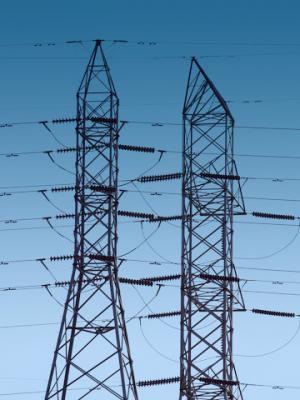Competitive market problems and their implications for customers’ net costs.
Hyde M. Merrill (hm@merrillenergy.com) is the proprietor of Merrill Energy, LLC. Richard D. Tabors (rtabors@crai.com) is a vice president at CRA International, and previously was a faculty member at MIT. The views in this article are solely the authors.’ They acknowledge the insightful help of J. Dan Watkiss.
In competitive electric power markets, trades clear at market prices. Buyers (ratepayers) pay locational marginal prices (LMP), and sellers (generators) receive those prices. Because sellers and buyers all trade at the same clearing price—at least within zones that have no internal congestion—and because everything the ratepayers buy is sold by the generators, the sales books are supposed to automatically balance. Further, everyone knows that congestion reduces efficiency and raises prices, on average, and that the economic benefit to the ratepayers of reducing congestion is the net change—positive and negative—in LMP, multiplied by the energy sold to the ratepayers.

Unfortunately, when congestion occurs, the first and third of these three so-called “facts” generally are false. The second is true or false depending on where you stand—as a generator, a ratepayer, or society as a whole.
The discrepancy between what’s expected and what really happens arises from basic differences, not generally appreciated, between traditional cost-recovery markets and newer competitive market structures. These unappreciated differences have important implications for market design, tariffs, transmission planning, and system operation.

